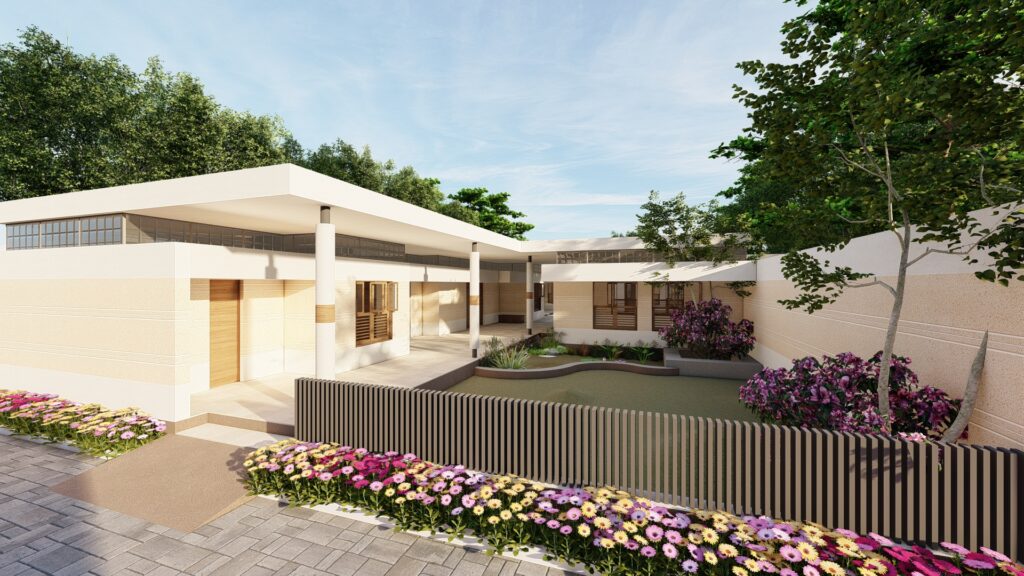
Architecture plays a key role in shaping the built environment and in recent years there has been a significant shift towards adopting environmentally friendly measures to create sustainable buildings.
Here are some ways architecture contributes to a sustainable future:
1. Green building certifications: Architects are increasingly designing buildings that meet certifications green buildings such as LEED (Leadership in Energy and Environmental Design), BREEAM (Building Environmental Research Methodology).These certifications promote energy efficiency, water conservation and environmentally friendly building materials.
2.Energy Efficient Design: Architects incorporate passive design strategies that maximize natural light, optimize ventilation and reduce the need for artificial heating and cooling .This helps minimize energy consumption and reduce overall operating costs.
3.Integrating Renewable Energy: Integrating renewable energy sources, such as solar panels, wind turbines and geothermal systems, is increasingly common in architectural designs. These factors contribute to creating clean and sustainable energy.
4.Sustainable Materials: Architects are choosing green and sustainable building materials, such as reclaimed wood, recycled steel, and eco-friendly concrete alternatives .This helps reduce the environmental impact of construction and promotes efficient use of resources.
5.Water Conservation: Sustainable architecture emphasizes water-efficient design, including the use of rainwater harvesting systems, greywater recycling and low-flow fixtures. This minimizes water consumption and helps solve the problem of water shortage.
6.Green roofs and walls : Green roofs and walls are designed to incorporate vegetation into the building envelope, providing insulation, reducing heat absorption and promoting biodiversity in urban areas town. These features also enhance the aesthetic appeal of the structures.
7.Adaptive Reuse and Renovation: Instead of demolishing existing structures, architects are increasingly exploring renovation and adaptive reuse projects. Reusing old buildings helps conserve resources and minimize the environmental impact of construction.
8.Waste Reduction and Recycling: Architects implement strategies to minimize construction waste by prioritizing recycling and using materials with a high percentage of recycled content. This approach reduces the overall ecological footprint of construction projects.
9.Smart Building Technology: The integration of smart technology allows buildings to optimize energy consumption, monitor environmental conditions and adapt to user behavior . This improves energy efficiency and overall performance.
10.Life Cycle Analysis: Architects increasingly conduct life cycle analysis (LCA) to assess the environmental impact of a building throughout its life cycle, from construction to Completed exploitation and may be demolished. This comprehensive approach informs design decisions that prioritize sustainability.
By integrating these environmentally friendly practices, architects contribute to a more sustainable and resilient future. Incorporating sustainable design principles not only benefits the environment but also improves the overall quality of life for building residents and the surrounding community.

Related Posts
- The Art of Sustainable Living: How to Incorporate Eco-Friendly Design into Your Home
Adopt eco-friendly home design by using energy-efficient lighting and appliances, optimizing natural light, and investing in smart devices. Utilize sustainable…
- Importance of architects
Architects are vital in shaping our environment, creating functional, safe, and sustainable structures that enhance aesthetic and cultural identity. They…
